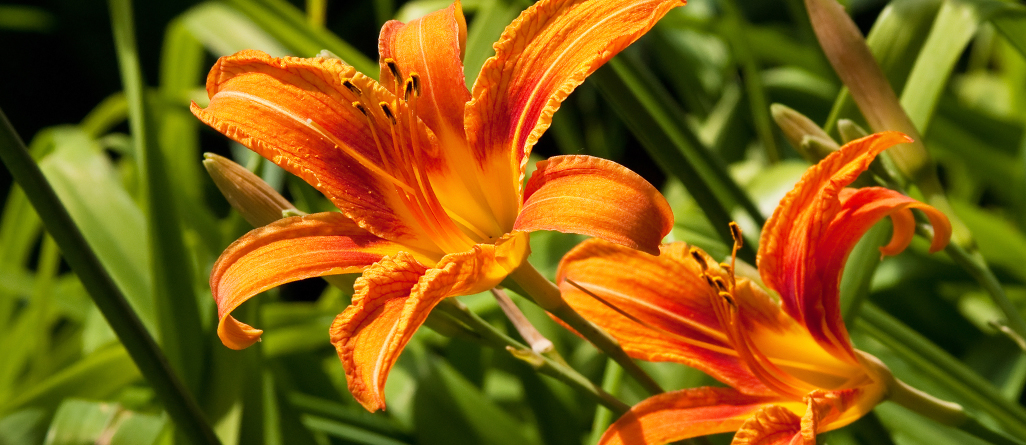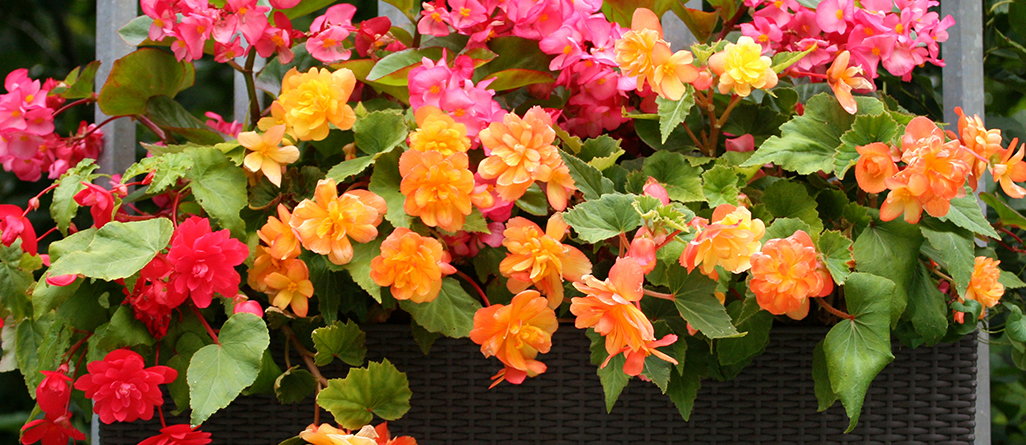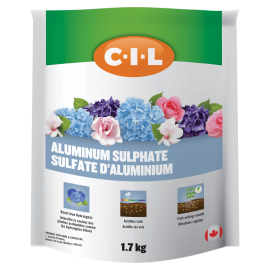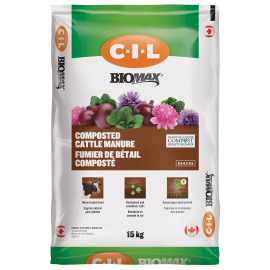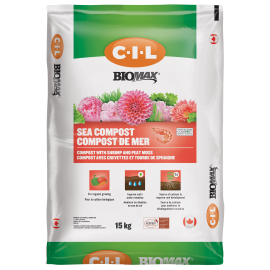What is the Difference Between Annuals and Perennials?

Each year, garden centres offer a wide range of flowering plants. If some of us already have their list in hand, others choose impulsively. Perennials or annuals? When you do not know the flower, it is practically impossible to tell at first sight. However, it is better to ask for information as their life cycle is completely different.
Understanding the difference between annuals and perennials is key to creating a harmonious garden, one that provides an uninterrupted show of colours, scents and beautiful foliage textures. Whether it’s to decorate a simple planter or a large garden border, a well thought-out combination of annuals and perennials will last through the seasons.
The vast majority of gardeners prefer to plant a mix of annuals and perennials. A balanced combination provides a colourful landscape from spring to fall. Here is what you need to know to find your way around.
The life cycle of an annual plant
In case you didn’t know, an annual can be a perennial elsewhere in the world. In fact, some plants are simply sensitive to the cold. They are grown here as annuals because they are unable to survive our winters, but they are actually perennials in regions where the climate is milder.
An annual plant completes its life cycle in a single season. It germinates, grows, flowers and produces seeds, all this in a few months, before dying in the fall, at the time of the first frosts. However, new plants can flower the following year provided that seeds were left on the spot and that they germinate in the spring. But you shouldn't count on it too much. When this happens, it's more of a pleasant surprise.
An annual plant must therefore be replaced each year. Although this requires some work, it allows gardeners to choose, from a beautiful variety of shades, a new colour arrangement for the season.
Among annual plants, there is a multitude of small and large varieties of flowering plants such as petunias, cannas, zinnias, lobelias, snapdragons, sunflowers, impatiens, cosmos. Most vegetables and herbs also fall into this category as they do not survive the winter (e.g., tomatoes, beans, peppers, cucumbers and eggplants). As for herbs, basil, rosemary and coriander are annuals. It is mistakenly believed that parsley is a perennial plant as it sometimes regrows the following year, but when it does, it is usually rather stunted.
The life cycle of a perennial plant
Perennials return each spring, after having spent the winter under the snow. They regrow from the base thanks to their root system, despite the fact that all their foliage dies as soon as the first colds appear (except for those that are persistent).
Some perennials, like lupines, live only three years, but the majority live much longer. For instance, peonies can live for a hundred years in the same place.
Examples of perennials include hostas, daisies, daylilies, coneflowers, clematis, heuchera, garden irises and anemones. Tulips, daffodils and ornamental garlic are considered perennial bulbs while rhubarb, asparagus, chives, mint and strawberries fall into the edible perennials category.
Beware of perennial herbs! Some have a tendency to invade vegetable gardens.
What are the advantages of annuals?
The main advantage of annuals is that their abundant flowering lasts for months. Annuals are eye-catching plants that add colour to the garden almost instantly. They usually bloom from spring until the first real frost, without too much attention being paid to them. Annuals are convenient in flowerbeds, but especially appreciated in containers.
Because they don’t live long, annuals must be replanted each year.
Eight main advantages of annuals:
- No need to wait to see the result. It’s possible to buy plants in full bloom, ready to be planted.
- Annuals come in a wide range of colours, shapes and sizes.
- Flowering is abundant and they require little maintenance compared to some perennials and shrubs. Adding C-I-L Flower and Bloom Plant Food 15-30-15 ensures impressive blooming all season. After the first frosts, simply pull them out and add them to the compost pile.
- Annuals allow you to be creative! You can vary the colour palettes to highlight an event or even create something more complex, a little like some cities do to represent their coat of arms.
- They can often be found at very good prices.
- In pots, they add life to patios and balconies. They are also sensational in hanging baskets.
- As their effect is almost immediate, they are a great option for colder regions where the gardening season is relatively short.
- In flowerbeds, they are perfect to fill those empty spaces before shrubs and perennials reach maturity.
What are the advantages of perennials?
Depending on the species, perennials bloom either in spring, summer or fall. The fact that they bloom at a given time means that the landscape changes with the seasons, transforming the appearance of the garden to the delight of those who pay the slightest attention.
For example, a flowerbed that’s entirely white in June can show dazzling scarlet variations three months later. A little planning can achieve striking effects.
Perennials are grown as much for their flowers as for their beautiful foliage. A yellow or purple foliage can be just as dazzling as an annual plant throughout the season.
Even if each flower can be short-lived, perennials often bloom for over two weeks. Some can bloom for more than a month and even bloom twice in the same season when the weather permits.
Since most perennials reach their full size after three to five years, make sure to keep enough space for them. Check the plant’s tag for proper spacing. No problem if you need to change a perennial plant’s location! With a few exceptions, they are as easy to divide as they are to move. The best time to do it is in the spring or fall. If possible, avoid doing it while they’re blooming to make sure to fully enjoy the show.
Obviously, perennials are an excellent investment. After a few years, it will even be possible to propagate your plants by division. As some grow or multiply very quickly, perennials can easily be swapped between neighbours and fellow gardeners.
Eight main advantages of perennials:
- They come in a vast array of colours, shapes and textures, both in terms of their flowers and their foliage.
- As their needs differ when it comes to soil, light or water, there are varieties suitable for every corner of the garden.
- Like shrubs, perennials are an integral part of the landscaping. They participate in the creation of the structure to which non-permanent plants will be added.
- The different varieties offer a wide assortment of sizes ranging from ground covers to species over 2 metres tall. By playing with the heights and shapes, volume can be added to the landscape.
- When it comes to sustainability, perennials help ensure the survival of bees and other beneficial insects in the garden.
- Many perennials have long stems, making them a great option for cut flower arrangements.
- Some evergreen varieties add texture and colour to bleak winter landscapes.
- Perennials can be grown in pots. It is an interesting option in the case of invasive varieties such as mint. To make sure they survive the winter, all you have to do is find a place in the flowerbed and bury the plant with its pot before the first frosts.
New start?
You’ve moved to a new house and can’t tell what the flowers in your flowerbeds are?
If you observe regular blooms until frost, there is a good chance that this plant is an annual. If, on the other hand, it flowers only once or twice during the season, it is probably a perennial.
Also keep in mind that in the case of a perennial, the plant may have flowered early in the spring, before your arrival. Either way, when in doubt, don't pull any plants when frost hits and kills their foliage. Instead, wait until the following spring to see which ones come back and which ones don't!

